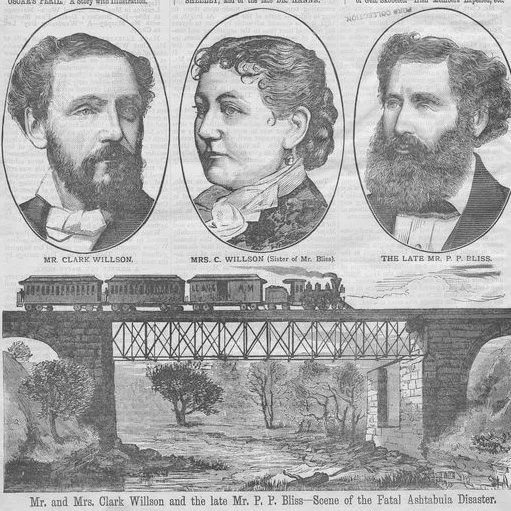The Louisville Sewer Disaster
February 13, 1981 - It was a little after 5 am on this day when a huge series of explosions ripped through a Louisville, Kentucky sewer. One car was launched into the air and smashed into the bottom of an overpass before being swallowed in a 38-foot deep crater.
A pilot in a police helicopter said it looked like a bombing run was taking place as 3 square miles of the city streets were blasted to bits. Manhole covers whizzed through the air. Students at Louisville University were jolted out of their beds. Toilets shattered and chimneys collapsed.
When the smoke cleared, 13 miles of sewer lines had been demolished but miraculously nobody was seriously injured.
Investigators quickly traced the cause to the nearby Ralston Purina plant where a volatile solvent called Hexane had overflowed a containment basin and found its way into the sewer. The fumes built up until a spark from a passing car provided the ignition.
It would be over two years before repairs were completed on the sewer lines and streets. Ralston Purina paid over $27,000,000 in damages to the city and 16,000 plaintiffs.





